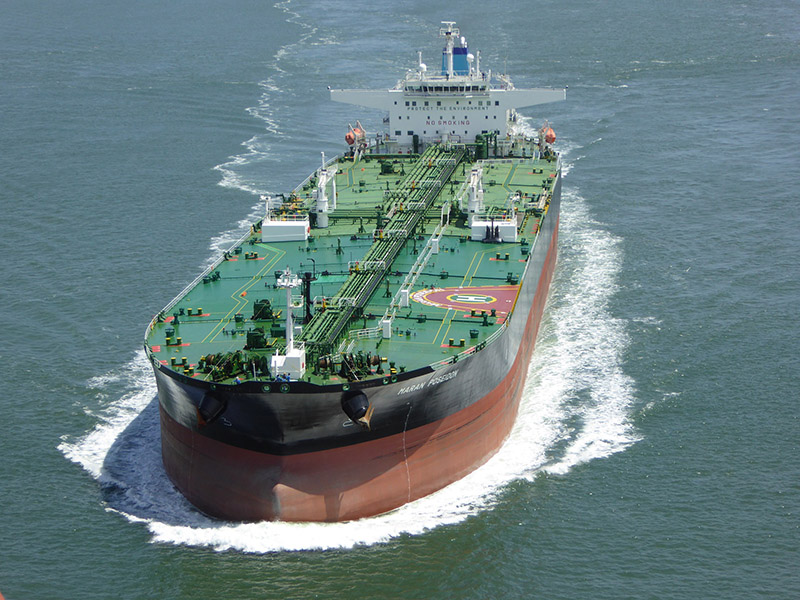On Jan. 31, the Maritime Administration and the Coast Guard received an application from SPOT Terminal Services LLC (SPOT) for a license to own, construct, and operate a deepwater port for the export of oil located approximately 30 nautical miles off the coast of Brazoria County, Texas.
After a review by Marad, the Coast Guard, and other cooperating federal agencies, the application was deemed complete and contains information sufficient to initiate processing.
SPOT is proposing to build, own, and operate a deepwater port terminal in the Gulf of Mexico to export domestically produced crude oil. Use of the deepwater port would include the loading of various grades of crude oil at flow rates of up to 85,000 barrels per hour (bph).
The SPOT deepwater port would allow for up to two very large crude carriers (VLCCs) or other crude oil carriers to moor at single point mooring (SPM) buoys and connect with the deepwater port via floating connecting crude oil hoses and a floating vapor recovery hose. The maximum frequency of loading VLCCs or other crude oil carriers would be two million barrels per day, 365 days per year.
The overall project would consist of offshore and marine components as well as onshore components described below:
• One fixed offshore platform with eight piles in Galveston Area Outer Continental Shelf lease block 463, locarted approximately 27.2 to 30.8 nautical miles off the coast of Brazoria County, Texas, in a water depth of approximately 115 feet. The fixed offshore platform would be comprised of four decks.
• Two single point mooring buoys (SPMs), each having two 24" inside diameter crude oil underbuoy hoses interconnecting with the crude oil pipeline end manifold (PLEM); two 24" inside diameter floating crude oil hoses connecting the moored VLCC or other crude oil carrier for loading to the SPM buoy; one 24" inside diameter vapor recovery under buoy hose interconnecting with the vapor recovery PLEM; and one 24" inside diameter floating vapor recovery hose to connect to the moored VLCC or other crude oil carrier for loading. The floating hoses would be approximately 800' in length and rated for 300 psig (21-bar).
• Four PLEMs would provide the interconnection between the pipelines and the SPM buoys. Each SPM buoy would have two PLEMs — one PLEM for crude oil and one PLEM for vapor recovery.
• Two co-located 36" outside diameter, 40.8-nautical mile long crude oil pipelines would be constructed from the shoreline crossing in Brazoria County, Texas, to the SPOT deepwater port for crude oil delivery. These pipelines, in conjunction with 12.2 statute miles of newbuild onshore pipelines, would connect the onshore crude oil storage facility and pumping station (Oyster Creek Terminal) to the offshore SPOT deepwater port.




